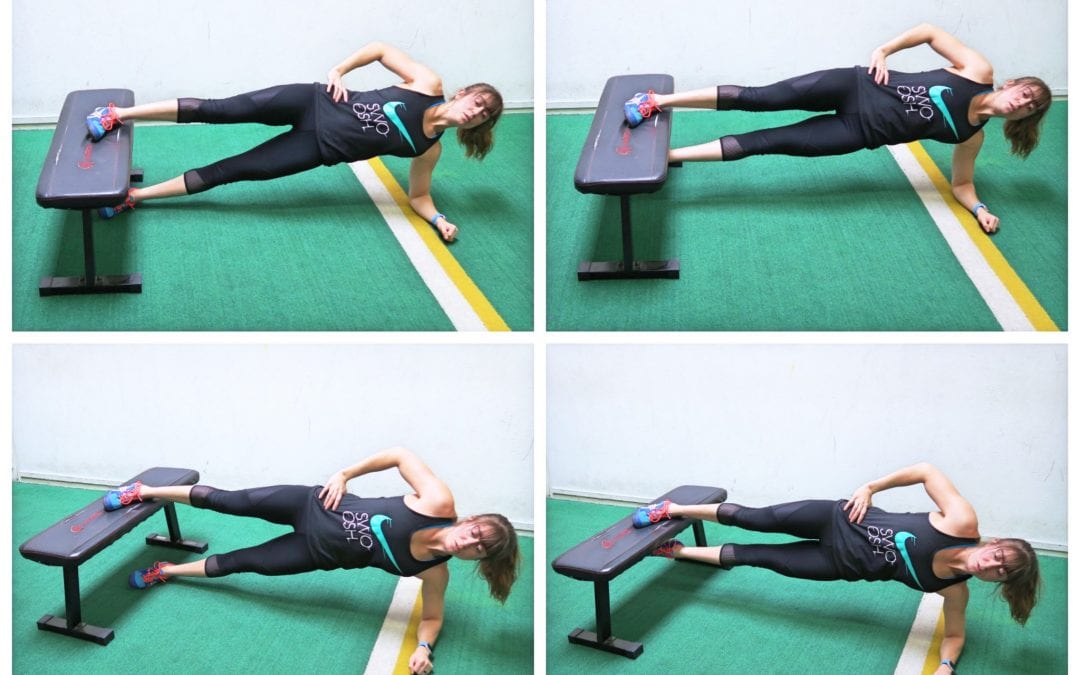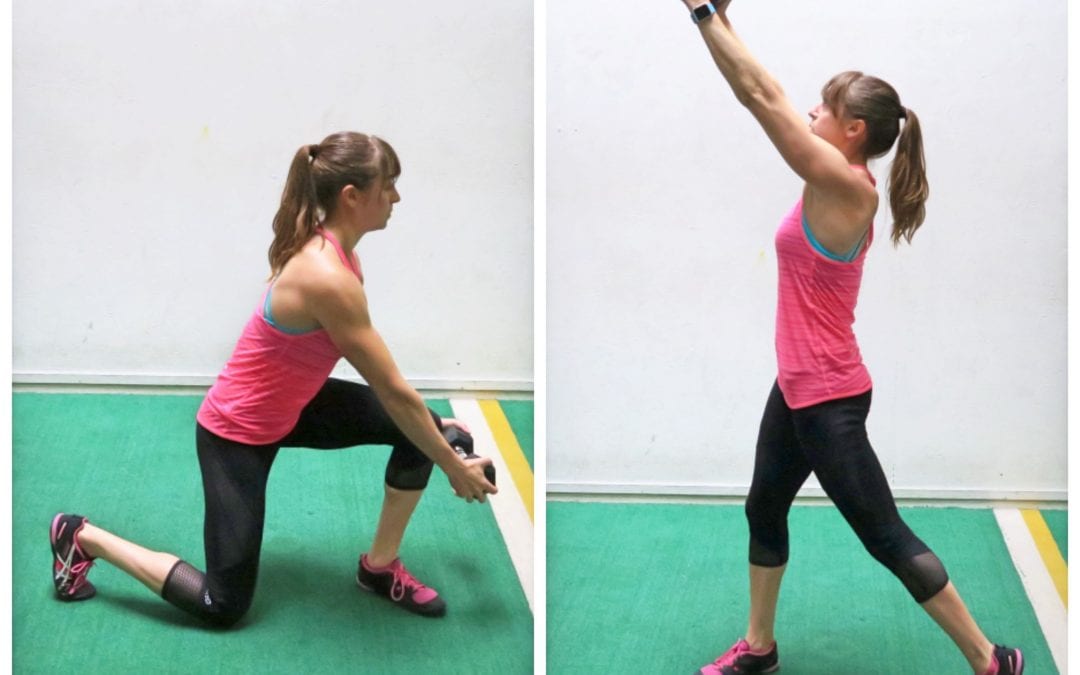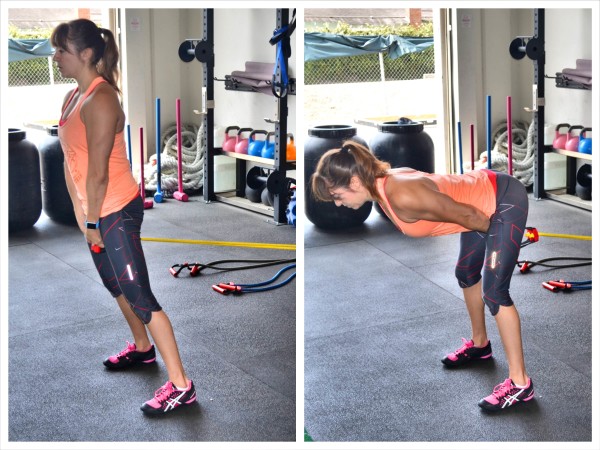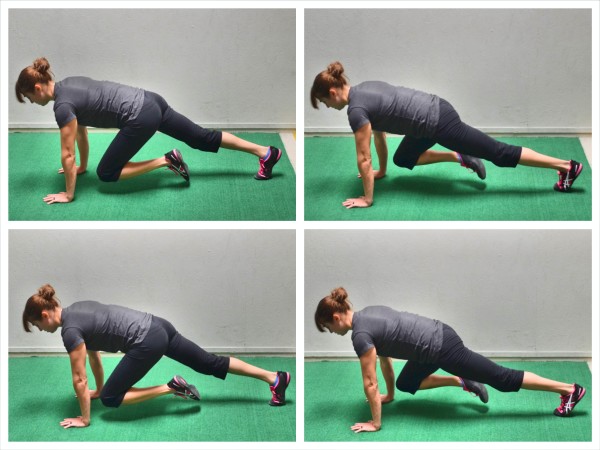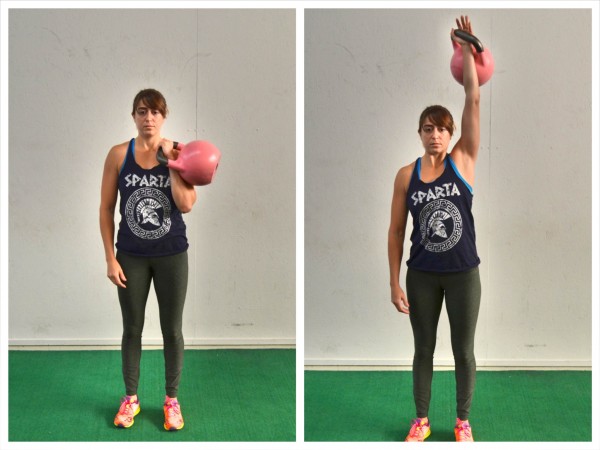
by Cori Lefkowith | May 24, 2016
WARM UP Stretch and Roll Out: Calves Quads Groin Hamstring Hips/Glutes Back/Chest Shoulders/Forearms WORKOUT Complete 3-5 rounds of each circuit, resting as needed between rounds. Rest 1-2 minutes between circuits. Focus on adding weight or trying more challenging...

by Cori Lefkowith | May 1, 2016
WARM UP Stretch and Roll Out: Calves Quads Groin Hamstring Hips/Glutes Back/Chest Shoulders/Forearms WORKOUT Complete 4 rounds of each circuit. Rest 1 minute between circuits. Do not rest during the 30 seconds of work. Really challenge yourself to move quickly while...

by Cori Lefkowith | Feb 28, 2016
This content is for members only

by Cori Lefkowith | Feb 5, 2016
This content is for members only

by Cori Lefkowith | Jan 10, 2016
WARM UP Stretch and Roll Out: Wrists/Forearms Chest Shoulders/Traps/Upper Back Lats/Thoracic Extension ACTIVATION Complete 2 rounds of the circuit below. CIRCUIT: 30 seconds Downward Dog Hold 15 reps Scapular Push Ups 15 reps Band Pull Downs WORKOUT Complete 3-5...
